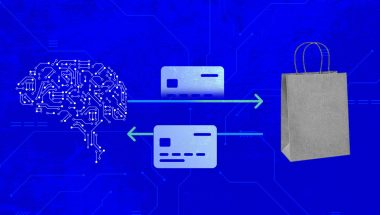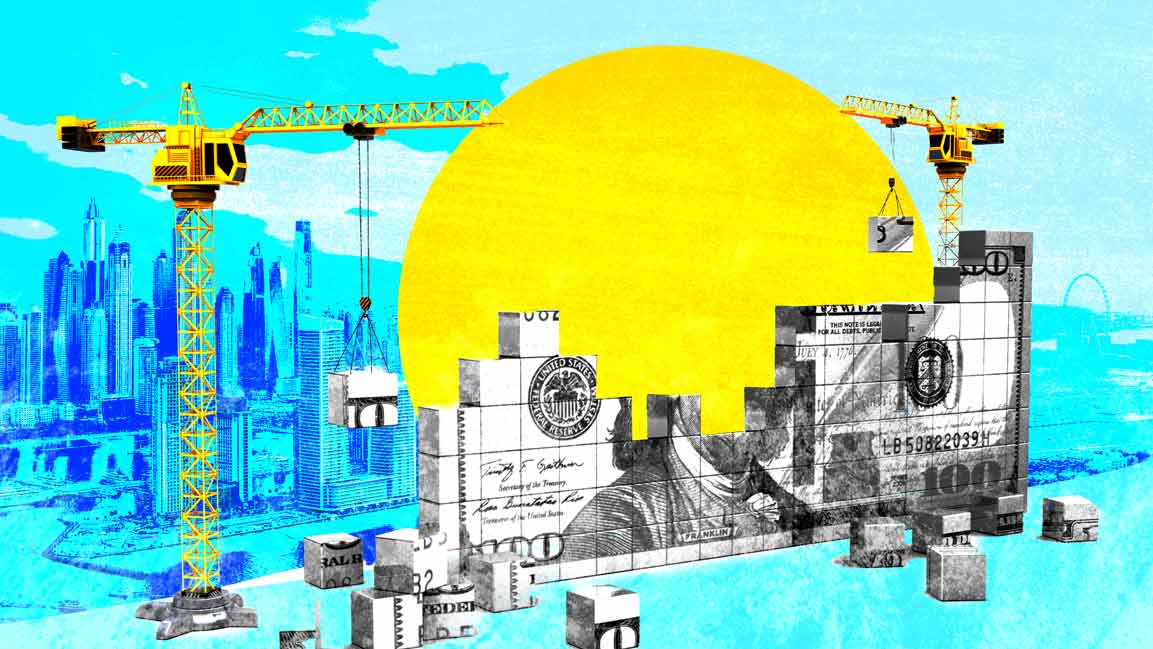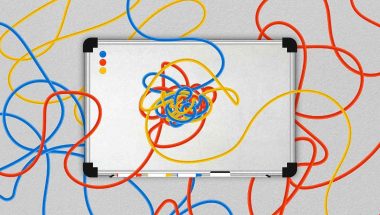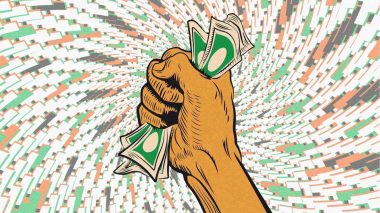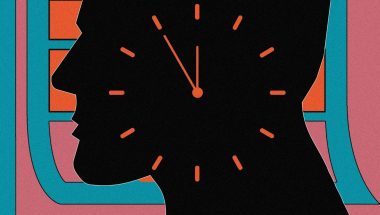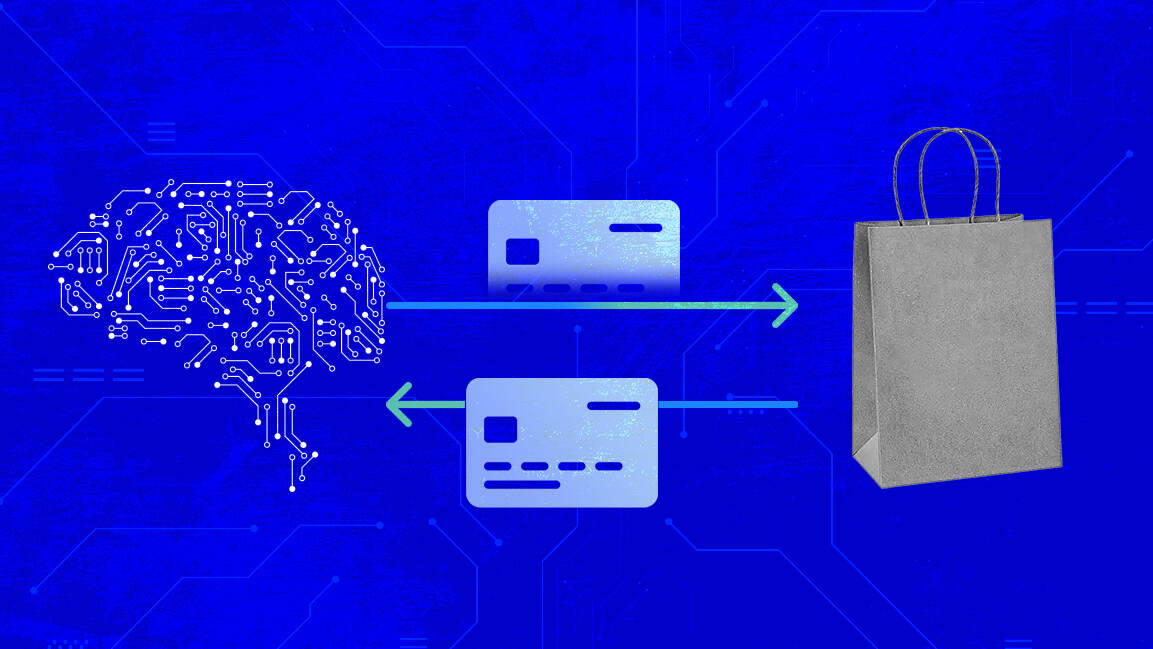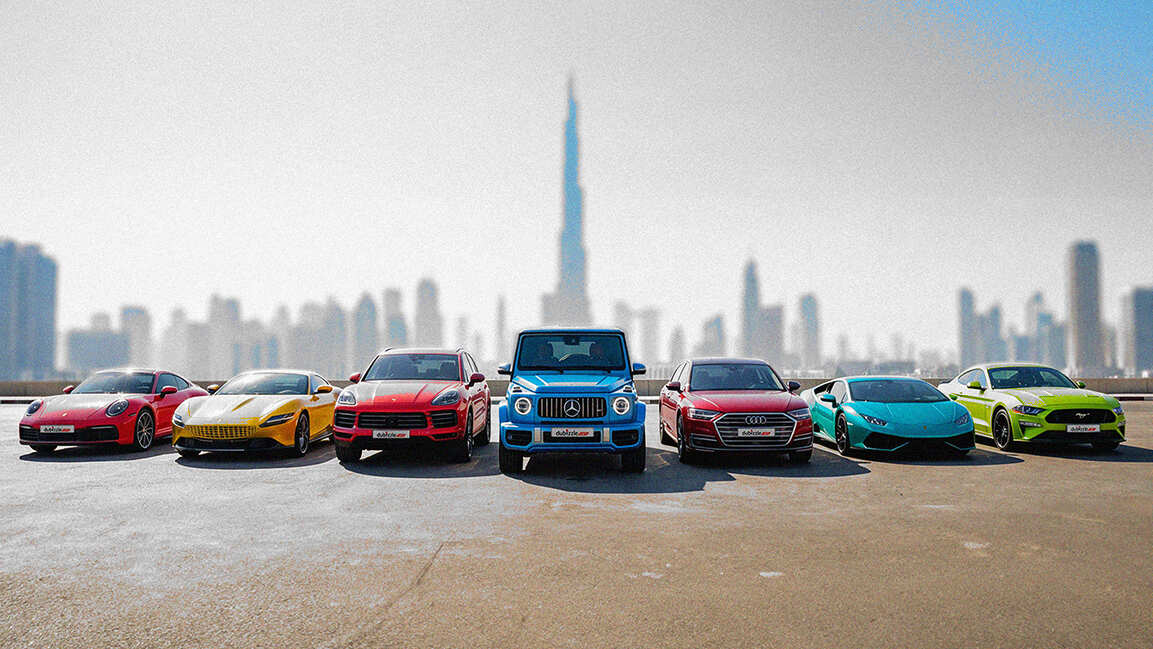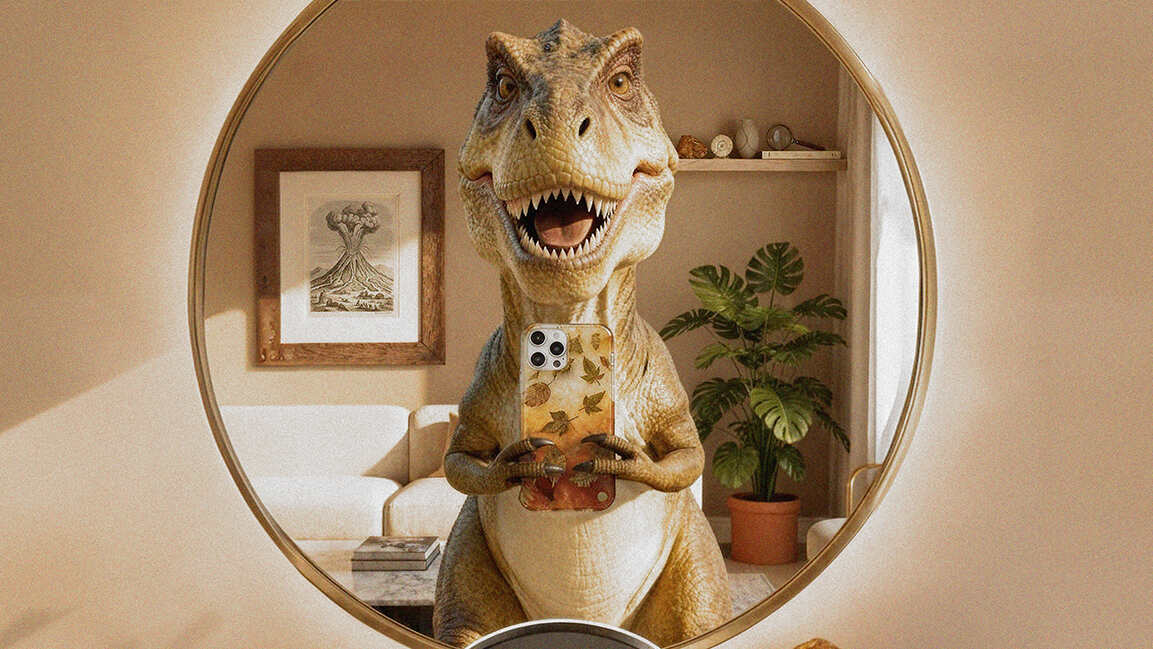- | 9:00 am
Your dinner table will be different in 2050. Christine Gould serves some ideas
With billions of mouths to feed, we can't go on traditionally producing food. Christine Gould says we should mix old and new ideas, mix technologies and come up with novel ways to cater to future generations
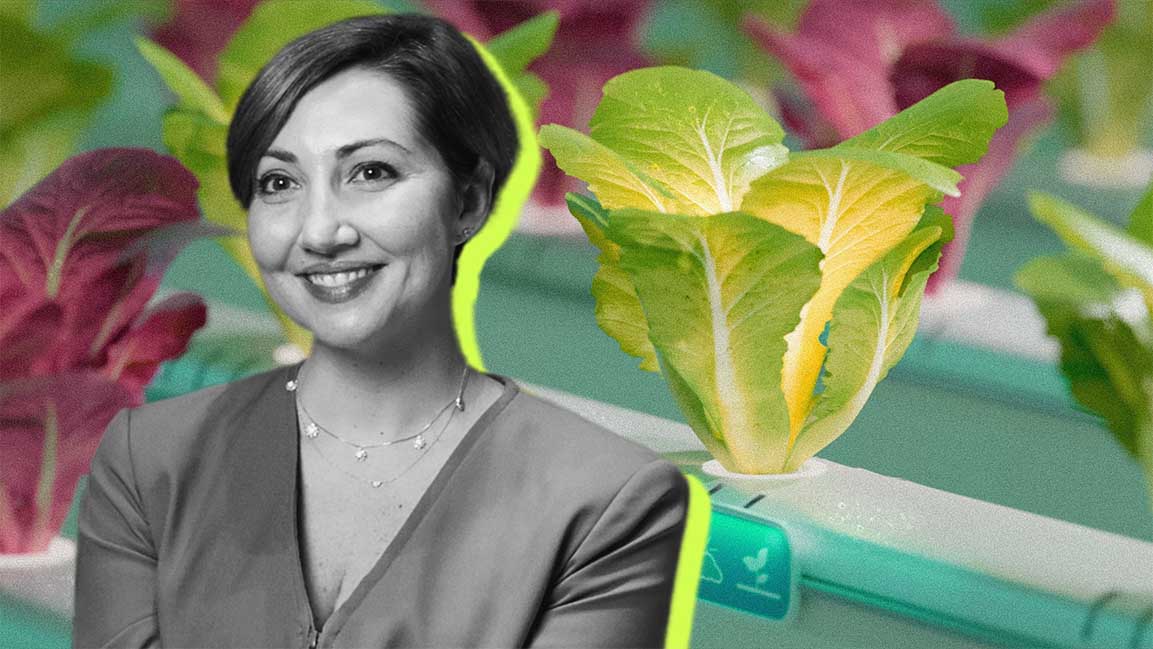
By 2050, meat-eating could seem like a thing of the past. Plant-based substitutes are finding their way into processed foods without us humans being any the wiser. Did you know scientists are growing bacon on blades of grass, and a startup created chicken nuggets in a bioreactor?
If this sounds like science fiction, strap yourselves in for the predictions of some food futurologists who say we’ll switch towards a whole new eating system. We will build food with microorganisms, such as fungi, bacteria, yeast, and microalgae, to produce the carbs, proteins, and fats we need, which will be dried into powders. It could be energy packs tailored to our genomes.
“It’s important to paint a vision of what’s possible for the future,” says Christine Gould, Founder and CEO of Thought for Food. “My vision and what gets me out of bed every morning is thinking about our food system that is nutritious, delicious, and sustainable.”
Gould says that’s the opportunity we have before us because food is so complex and diverse. “We’re going to have many solutions that will involve science and technology, but also regeneration and indigenous wisdom. And all of this will come together to paint a new type of food future to which we can all work together.”
WATCH THE VIDEO HERE
FOOD INNOVATIONS TO LOOK FORWARD
But it is vital that we pursue solutions relevant to the population, not just for the few who can afford sustainably produced food. There are siren calls about more research into fermented foods and regenerative agriculture and how to make new technologies forces for social good.
There are so many food innovations to be looking forward to, says Gould. “I’ll start with precision fermentation…I’ve also been a big fan of the power of synthetic biology for many years, and now we’re able to use microbes and yeast to create all kinds of things from materials to food.”
“On agritech, I’m excited about the potential of biological solutions where, for example, we can replace synthetic fertilizers and pesticides with nature-based approaches. This is important because it allows us to decentralize our food system and create products that can improve productivity, replenish soils, and help mitigate climate impacts.”
The truth, though, is that our global food system is the primary driver of biodiversity loss, with agriculture alone being the identified threat to 86% of species at risk of extinction.
Following the cheaper food paradigm — to produce more food at lower costs through increasing inputs such as fertilizers, pesticides, energy, land, and water — led to a vicious circle: the lower cost of food production creates a bigger demand for food that must also be produced at a lower cost through more intensification and further land clearance. The global food system is a major driver of climate change, accounting for around 30% of total human-produced emissions.
“It’s a sector deeply impacted by temperature changes and weather variability. It also is one of the leading causes of climate change. In fact, one-third of all greenhouse gas emissions come from our food system,” says Gould.
If we want to make a dent in solving the climate challenge, she says we need to start with food. What are the critical innovations required to make the food system sustainable?
“A couple of areas that particularly excite me are biotechnology and the chance that we have to unleash the power of nature to build solutions that can feed and nourish our growing population while mitigating the impacts of climate change.”
We should recognize the power of information technology to transform our food system. Gould says data connectivity can be brought to rural communities to increase the productivity of smallholder farmers and connect them to markets and information that can “revolutionize the agricultural sector.”
THE FUTURE OF AGRICULTURE
The future of agriculture will be outdoors and indoors, as it’s expected that most of the world’s population will live in cities by 2030.
What’s exciting, Gould says, is that we have the potential to make outdoor field production much more productive and sustainable.
“We can also look towards indoor production to localize food production. Bringing some nutritious, water-heavy crops that are difficult to transport from rural areas closer to where people live is an exciting frontier.”
She adds that a lot of research and development around crop productivity will be in indoor growing controlled environment agriculture.
Along with the need for innovations to produce sufficient food to meet the ever-rising demands, the need of the hour is to empower more young people to make a difference in the system. “It’s critically important that we engage with and learn from our world’s young people when it comes to food systems transformation. The average age of the world’s farmers is over 65 years old. It’s also the least digitized industry.
“Today’s young people are digitally savvy, globally conscious, thinking about the problems that we face in new ways, and they’re bringing new ideas to the table, exciting ideas,” she adds. “I believe we have a chance of a lifetime in connecting them into this space.”
SECTOR FILLED WITH POTENTIAL
In many parts of the world, farming is not seen as a sector filled with potential, and young people are encouraged to refrain from going into farming. “And so by showing them that there are lots of potential opportunities to bring their innovations and creativity, this is where we can create that transformation that we need,” says Gould, who has spent two decades working in the agricultural industry.
And one of the things that she noticed is that despite an influx of startups and investments that have recently come into the space, it’s still a sector filled with inertia and entrenched ways of working and thinking.
“If we want to shake things up going forward, we must be brave enough to be creative, experimental, and collaborative.”
Gould, who spends a lot of her free time listening to and making electronic music, says one of the things that she learned about is the power of remixing and bringing disparate genres together to create something new.
“We should do that more in food and agriculture, mix old and new ideas, mix technologies, and create solutions that have never been seen before. For example, can we put GMOs into the future of regenerative agriculture? Can we unleash indigenous wisdom and traditional knowledge using powerful technologies like AI?”
“These are the things that excite me, and we have the chance to build together with the next generations.”
What should we be eating in 2050? It’s fairly simple – what we should eat now, and not how we have. More fruit and vegetables, whole grains, less junk food, and less meat and dairy.
But the truth is most of us won’t have any choice about what we eat in future. Is anyone up for programmable colas and magic meatballs?










